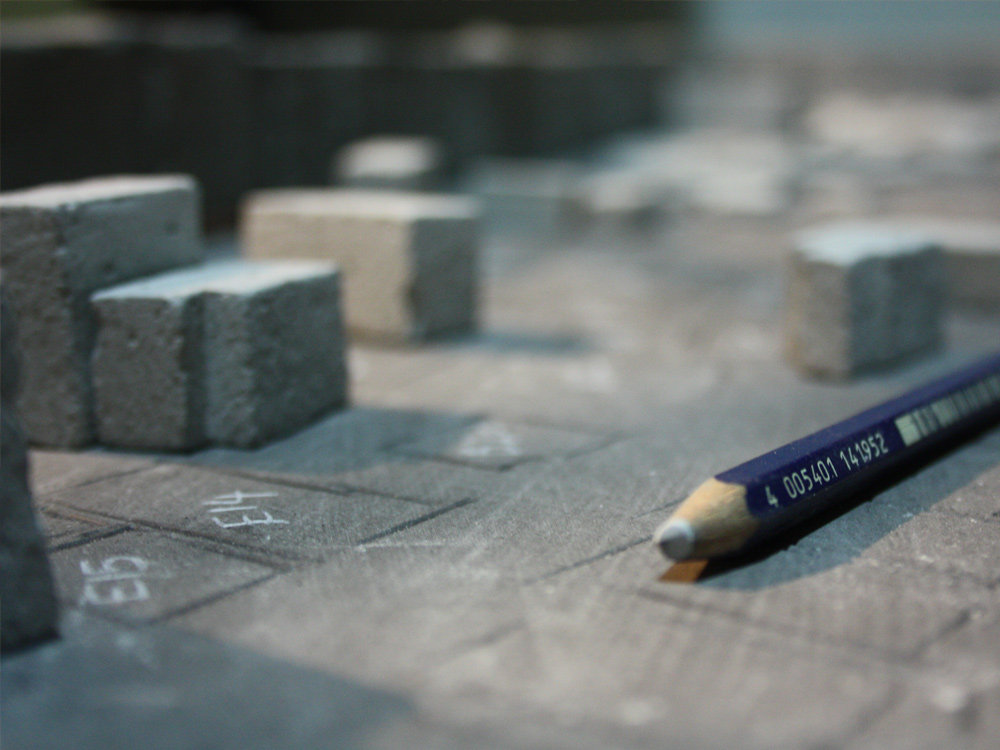Building an Extension: Everything You Need to Know
Extensions are a great way to create more space for a building. They can often completely change the character of a building and help achieve a renewed layout. Extensions aren’t only popular for houses, but also for workspaces and offices, universities, public spaces, shops and any kind of building. They can cleverly solve problems without the need to move or undergo large scale building work.
So what should you consider when thinking of extending a building?

Purpose
Understanding what the purpose of the extension is before you start will ensure you create a space that is useful and practical. The best extensions are those that provide a solution to a specific problem. Many of us need more space when it comes to our homes or our workspaces. Rather than moving location to a bigger space, often a well-planned extension can achieve the same end result.
Depending on the purpose of the extension, the nature of how it integrates with the existing building will vary. Sometimes a small single story extension at the back of a building can provide all the additional storage required and help free up other spaces within the building. Other times, a larger extension may be required, sometimes joining 2 separate buildings together.
For commercial buildings, extending an existing building to provide more space for customers or staff can be a great way to improve the experience people have within the building. A small extension that provides more space can have a big impact on the perception of the building and this can help improve people’s relationship with your organisation. Smaller businesses often struggle with space and create very cramped and inefficient spaces. By creating more space and using it more effectively, you can create a better experience for customers and staff.
Materials
The materials chosen for your extension will impact how the extension looks and behaves. You may want to pick materials that complement the existing building or look to add a distinctive characteristic to the building by using a different material.
Timber cladding is great material for extensions due to its flexibility and ease of use. Cladding can be manipulated into lots of different shapes with ease so it is the perfect material for extensions that follow more adventurous designs.
Here at NORclad, we have a large selection of the best timbers available for cladding. Click here to see our full range.

Cost
The budget you allocate for the building is going to impact the size and timescale of the building extension. It’s always worth investing in quality and ensuring the extension adds value to the property and lasts the test of time.
There can always be unexpected costs so it’s always worth having a contingency budget for any additional costs.
The main costs will be the designing, planning by an architect, the labour costs and the costs of the materials.
Planning Permission
For some extensions, you may require planning permission. In these instances, it’s always best to acquire this before you get started to avoid any issues during construction.
If the building is listed or located in a conservation area, planning permission is likely to be more strict. This may impact both the ability to carry out any extensions and also what type of materials are allowed to be used.
Time
You’ll want to map out how long you think the extension will take. You’ll want to balance time with quality and ensure nothing is rushed. Often this means having a site manager and someone who can work with the tradesman to ensure the project runs smoothly.
If the extension is big, it’s likely that space won’t be useable during the building work. This may cause problems if it’s a commercial building. As a result, ensure you’ve planned well ahead and know how you’ll use the building during construction.

Design
The design of the extension is one of the most important things to consider. This is going to impact how the extension fits in with the existing building. The design needs to focus on how to maximise the space.
Hiring an architect is advised for any type of extension as creating additional structures to a building needs expert knowledge. One of the big advantages of adding an extension is the freedom in how the extension interacts with the building. For example, if the building is very dark and closed off, the extension could utilise lots of glass and natural light. This could be quite a small extension but would massively change the character of the space. This is why using an architect can be so useful as they can help design something that can combat some of the building’s limitations.
Getting Started
An extension is a fantastic way to get more out of your building. It isn’t to be taken lightly though and there’s lots to think about. For help in getting started, from design ideas to understanding what materials to use, contact us today and we’ll be happy to support you in this exciting project.


















